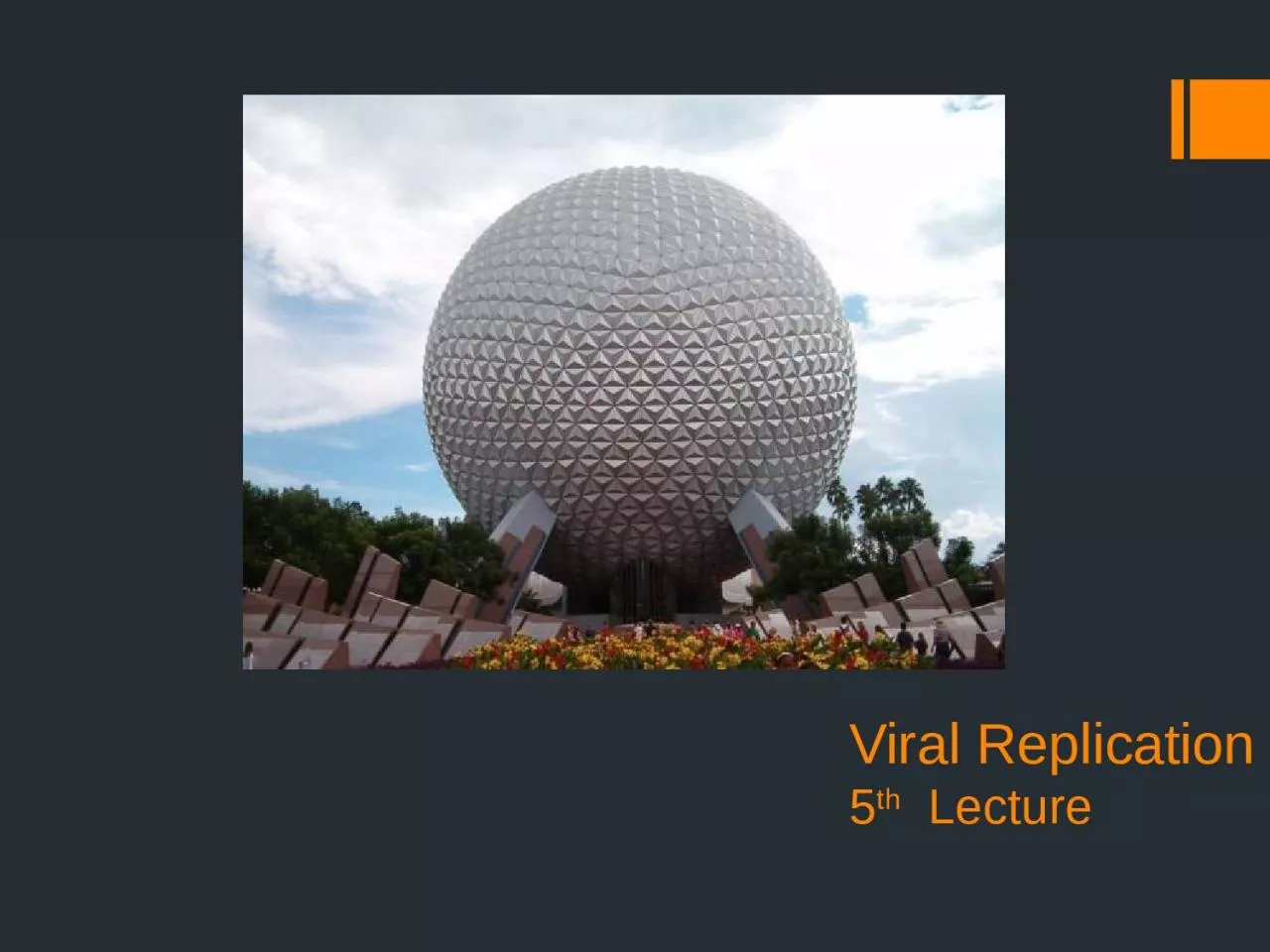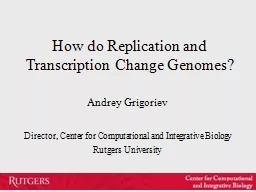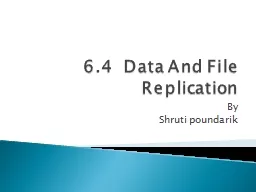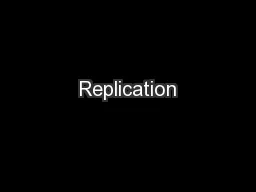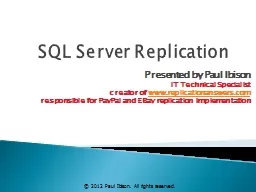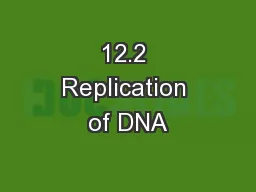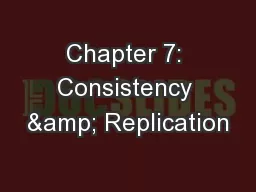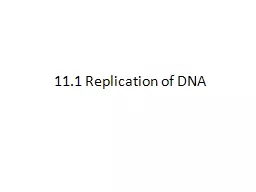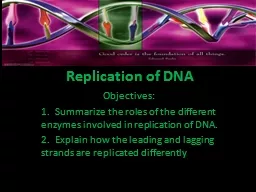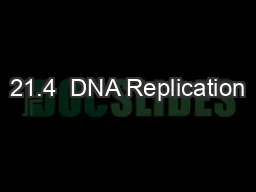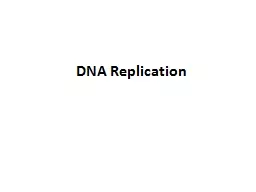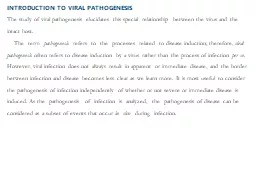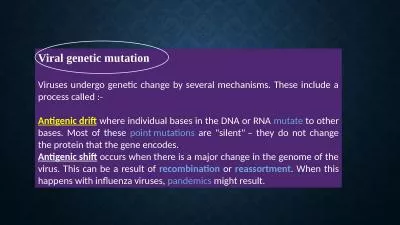PPT-Viral Replication 5 th Lecture
Author : skylar | Published Date : 2024-01-03
Viral Replication Viruses multiply only in living cells As viruses are obligate intracellular pathogens they cannot replicate without the machinery and metabolism
Presentation Embed Code
Download Presentation
Download Presentation The PPT/PDF document "Viral Replication 5 th Lecture" is the property of its rightful owner. Permission is granted to download and print the materials on this website for personal, non-commercial use only, and to display it on your personal computer provided you do not modify the materials and that you retain all copyright notices contained in the materials. By downloading content from our website, you accept the terms of this agreement.
Viral Replication 5 th Lecture: Transcript
Download Rules Of Document
"Viral Replication 5 th Lecture"The content belongs to its owner. You may download and print it for personal use, without modification, and keep all copyright notices. By downloading, you agree to these terms.
Related Documents

